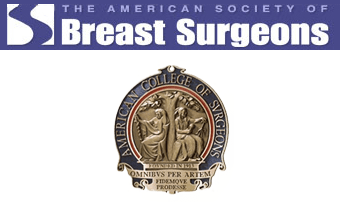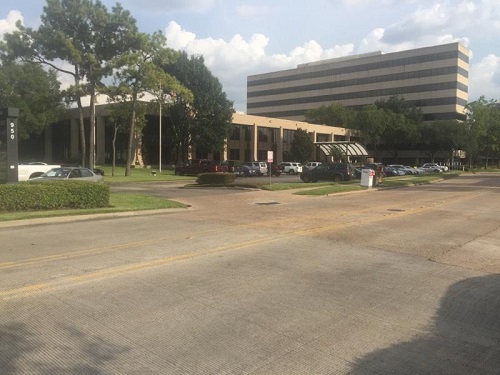Breast infection also called mastitis that affects breast tissues. The infected breast becomes painful and red, leading to inflammation. Sometimes, the infection may affect both breasts.
The fatty tissue in the breast is often affected by infection, which results in swelling, lumps, and discomfort. A tiny proportion of breast infections are linked to distinctive forms of breast cancer, even though the majority of infections are brought on by nursing or obstructed milk ducts.
Infection may damage the skin covering the breast as the main event. It can also arise due to an underlying skin disorder like hidradenitis suppurativa or a skin lesion like a sebaceous cyst.
Breast Infection and Risk of Breast Cancer
The chances of breast cancer are not increased by breast infection (mastitis). Moreover, breast infection symptoms are comparable to those of inflammatory breast cancer. Breast skin lesions happen as a result of the uncommon breast cancer type. The common symptoms include dimples and an orange-peel-textured breast rash. One or both breasts may swell and become red, similar to mastitis. Inflammatory breast cancer is aggressive. Rapid diagnosis and treatment are necessary. Whenever you observe changes in your breasts, get in touch with your healthcare professional immediately.
Symptoms of Breast Infection
The following are the symptoms of breast infection that mostly appear suddenly.
- Swelling of the breast
- Fever (101 F) or more
- Redness of skin, mostly in a wedge-shaped fashion
- Burning sensation while breast-feeding and continuous pain
- Warm to touch and tenderness of the breast
- Breast lump or thickening of breast tissues
Causes of Breast Infection
- The breast infection of the breast tissue usually affects nursing mothers. It may happen when germs enter a milk duct via a gap in the nipple, often through the baby’s mouth.
- Breast infections may happen to women who have not recently given birth or to women who have gone through menopause, although they most often occur one to three months following childbirth. Uncommon malignancy called inflammatory carcinoma and persistent mastitis are two more sources of infection.
- Breast infection in healthy women is uncommon. Women who have AIDS, diabetes, chronic illnesses, a weakened immune system, or who are otherwise exposed to germs may be especially vulnerable.
- Breast infection affects between 1% and 3% of nursing women. Engorgement and insufficient breast emptying might exacerbate the issue and its symptoms.
- Non-breastfeeding women may get chronic mastitis. Breast infections in postmenopausal women may be accompanied by persistent nipple duct irritation. Hormonal changes in the body might bring on the accumulation of debris and dead skin cells in the milk ducts. The breast is more susceptible to bacterial infection due to these blocked ducts. There are high chances that infection may return after using antibiotics.
Diagnosis of Breast Infection?
To diagnose a breast infection, doctors will do a physical examination and go through the related symptoms. To rule out breast cancer or another breast problem, they might recommend mammography or another test if a patient is not breastfeeding.
Treatment of Breast Infection
According to the World Health Organization, recommendations and some studies advise treating breastfeeding mothers with breast infection by giving them the proper oral antibiotics and promoting milk flow from the engorged section. Such actions lessen the frequency of abscess development and hence ease symptoms.
Medications for Breast Infection
Oral antibiotics are mainly used to treat breast infections without an abscess. The most popular antibiotics are dicloxacillin and cephalexin. However, there are many additional options. Depending on unique circumstances, the doctor’s choice, and potential medication allergies, an antibiotic may be administered accordingly. And if the woman is breastfeeding, it will not harm the baby. These antibiotics are entirely safe.
It might be challenging to treat chronic breast infection in nonbreastfeeding women. It is typical for breast infections to recur. Sometimes, medications fail to treat this kind of illness effectively. As a result, regular follow-up with your doctor is necessary. The hospital visit will be necessary for IV antibiotics if the infection progresses despite oral antibiotics or in case of a severe abscess that must be surgically treated.
References
- https://www.webmd.com/women/guide/breast-infection
- https://www.bmj.com/content/342/bmj.d396.full
- https://www.bmj.com/content/347/bmj.f3291.full
- https://www.mayoclinic.org/diseases-conditions/mastitis/symptoms-causes/syc-20374829#:~:text=Mastitis%20is%20an%20inflammation%20of,%2Dfeeding%20(lactation%20mastitis).
- https://my.clevelandclinic.org/health/diseases/15613-mastitis



